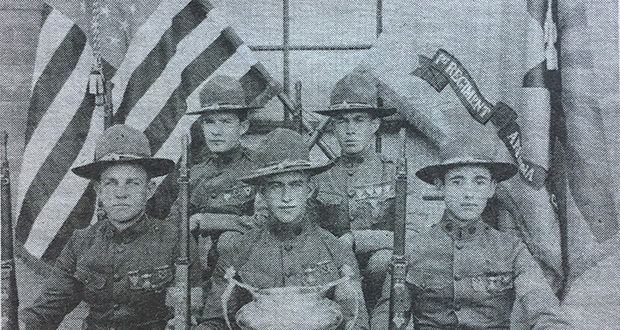The Fort Valley Experimental Forest
Arizona Capitol Reports Staff//July 14, 2006//[read_meter]
Two photos show an area of ponderosa pine near the Fort Valley Experimental Forest Station. The top image was taken in 1909. The bottom image was taken in 1938, and...
No tags for this post.

















